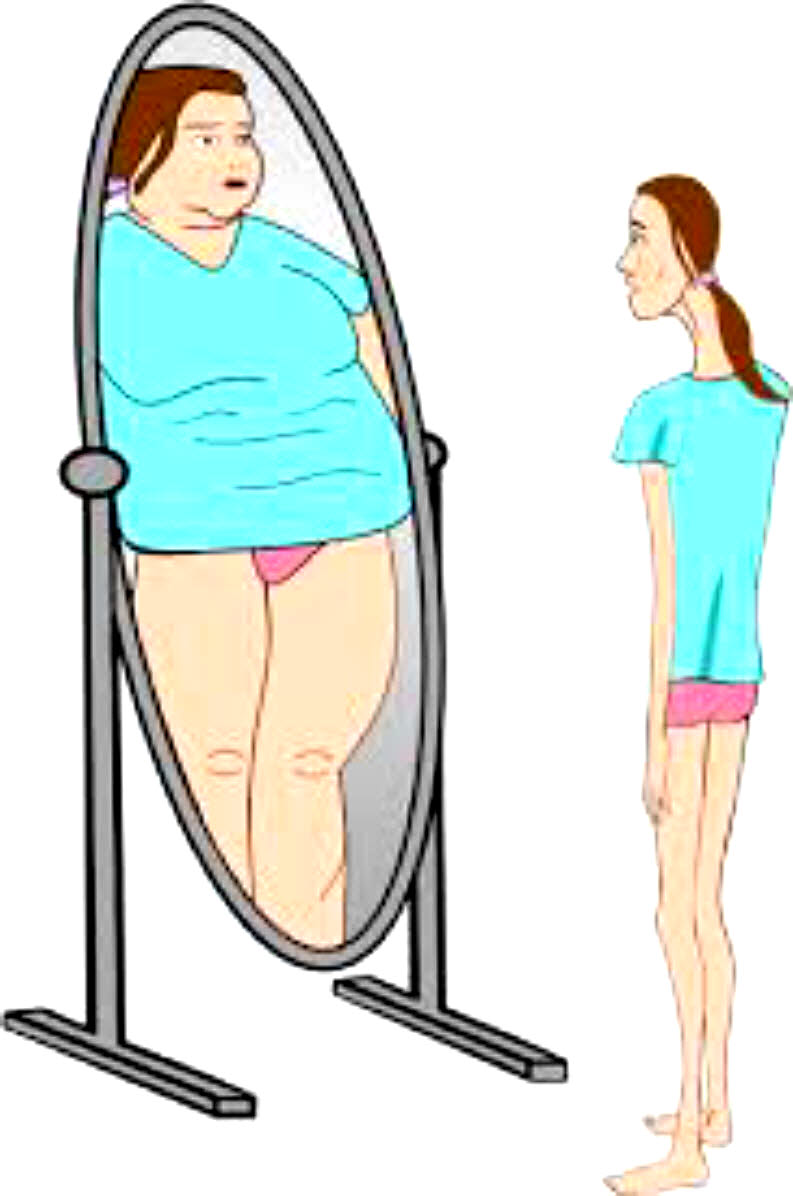
Welcome to the “next chapter” of my life… being a voice and an advocate for #mentalhealthawarenessandsuicideprevention, especially pertaining to our younger generation of students and student-athletes.
Getting men to speak up and reach out for help and assistance is one of my passions. Us men need to not suffer in silence or drown our sorrows in alcohol, hang out at bars and strip joints, or get involved with drug use.
Having gone through a recent bout of #depression and #suicidalthoughts myself, I realize now, that I can make a huge difference in the lives of so many by sharing my story, and by sharing various resources I come across as I work in this space. #http://bit.ly/JamesMentalHealthArticle
With the arrival of spring, many people look for sun and warmer weather to fight the winter blues, but it’s not a cure for individuals with major depression or other forms of serious mental illness.
In fact, the warmer weather actually leads to higher suicide rates, according to the U.S. National Library of Medicine and National Institutes of Health.
Cheryl Wallace, a social worker and vice president of programs at Rose Hill Center in Holly, a residential treatment facility for adults with serious mental illness, says there is a lack of awareness about the increased number of suicides in spring and summer.
“The general public tends to think that winter — with #seasonalaffectdisorder (#SAD) — is connected to higher rates of suicide, but that’s simply not true,” says Wallace, of Clio. “We are natural beings and our serotonin is affected by winter months. We slow down and kind of hibernate, but in the spring, when sunshine actually brings more energy, we see more suicides because of that very same energy.”
Increased social activity and greater expectations to be active when it’s warm outside can trigger more #anxiety for those who suffer from mental illness, Wallace says. This also is a reason for the increased suicide rates, which means more families should keep a closer eye on their loved ones for warning signs, she says.
And while medication can help regulate brain function, caution is still warranted.
“One of the most dangerous times for someone with mental illness is when that individual is prescribed a medication that will eventually help them,” Wallace says. “Initially, one can get increased energy, which can get the person to follow through on their thoughts of suicide. It could take as long as a month before the beneficial effects of the medicine can be experienced. Side effects also can be too much for some people to cope with, making them even more vulnerable to suicide.”
For loved ones who want to help, Wallace suggests that they never dismiss someone’s feelings. Check in on them, listen to what they say and let them know you are there to offer support.
“Validating can be supportive,” Wallace says. “Be encouraging in the small, positive things. Rather than criticize someone who can’t get out of bed, be encouraging and tell them you are happy they sat up and talked that day.
“If you just tell someone to get up and get out, that doesn’t make any sense in their world when they are in a mental crisis and, quite frankly, will make things worse. And if your loved one continues to show symptoms of depression for a couple of weeks, make sure to elicit professional help.”
Modern treatments
Professional help today isn’t like mental health treatments of yesteryear.
Medications combined with meaningful therapy can help individuals control obsessive, negative thoughts. In the past, individuals who were suffering tried anti-depressants or other medications based on trial and error. Today, genetic testing can help medical experts pinpoint medications that will cause fewer side effects while generating better results.
“We know now that depression can be genetic and environmental. Each brain processes hormones and serotonin in the body differently, and for some it’s not processed in a typical fashion, which is where mental illness can come in,” she says.
In addition to working with physical surroundings and individual body chemistry, retraining thought processes can improve the way the patient feels.
Wallace says the practice of mindfulness, used for thousands of years in zen practice, has been scientifically proven to help. A psychotherapy treatment called dialectical behavior therapy, which is practiced by most mental health experts, gives a patient skills to manage painful emotions and decrease relationship conflicts.
“We know the word ‘mindfulness’ is almost cliché, but it’s effective against obsessive negative thoughts,” Wallace says. “It’s being in the moment and about paying attention to your breath, or the weight of the chair that you sit on, or what you are watching on television, instead of what you did or said five years ago. It helps one get hold of oneself, so they can make good decisions about what to do going forward.
“There also is what we call ‘mind surfing.’ Imagining something happy — like looking at a beautiful aquarium in your mind. Look at its beauty. The yellow fish comes in, then it leaves and the blue one comes. Don’t stay and think about the yellow fish. It’s gone now. Focus on the now. It’s a good technique for depression or anxiety. It has a lot of value. It can help us during times when we feel we are not in control.”
• FYI: If you or someone you know is experiencing a mental health crisis, call the National Suicide Prevention Hotline any time at 800-273-8255.



